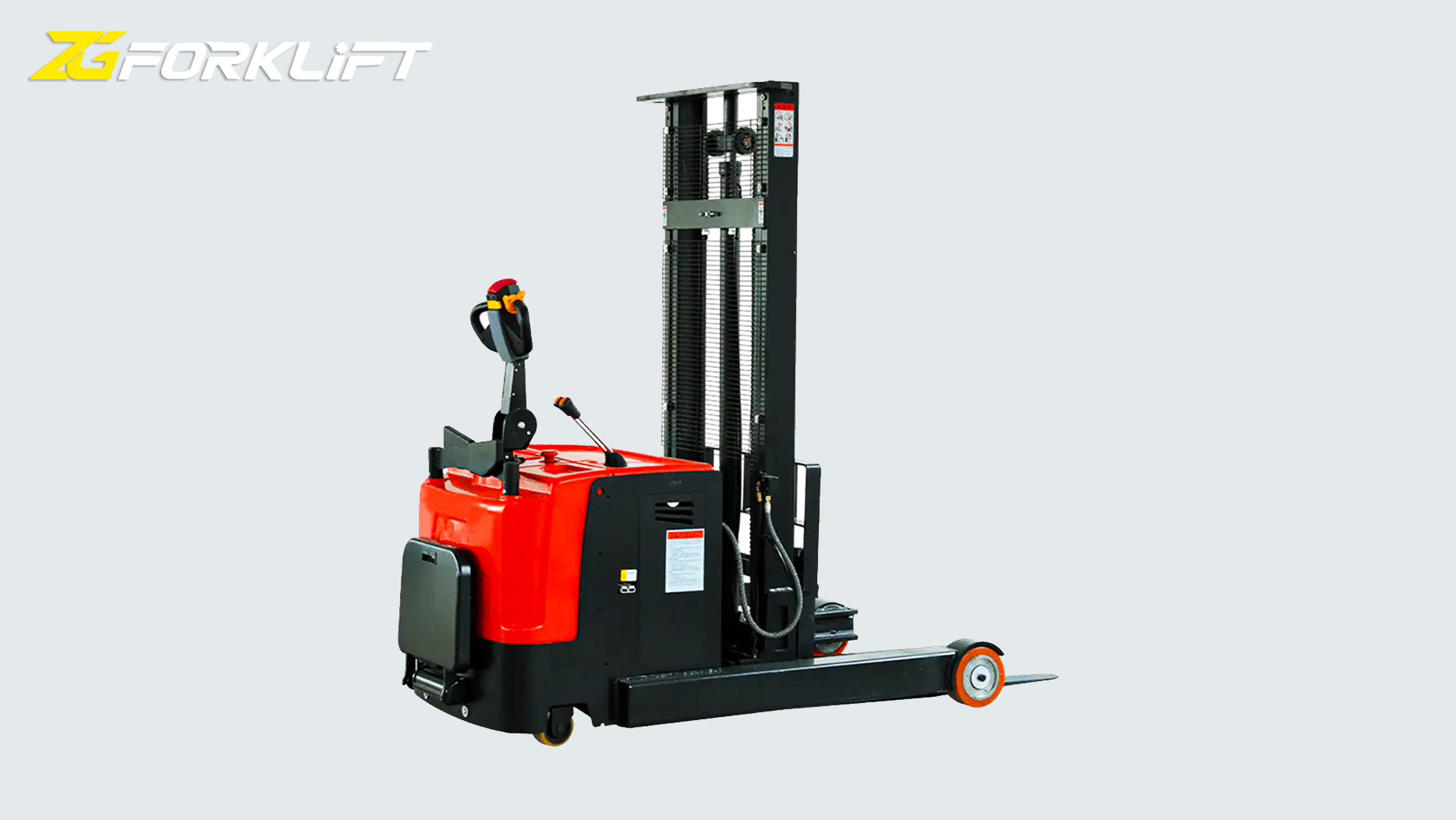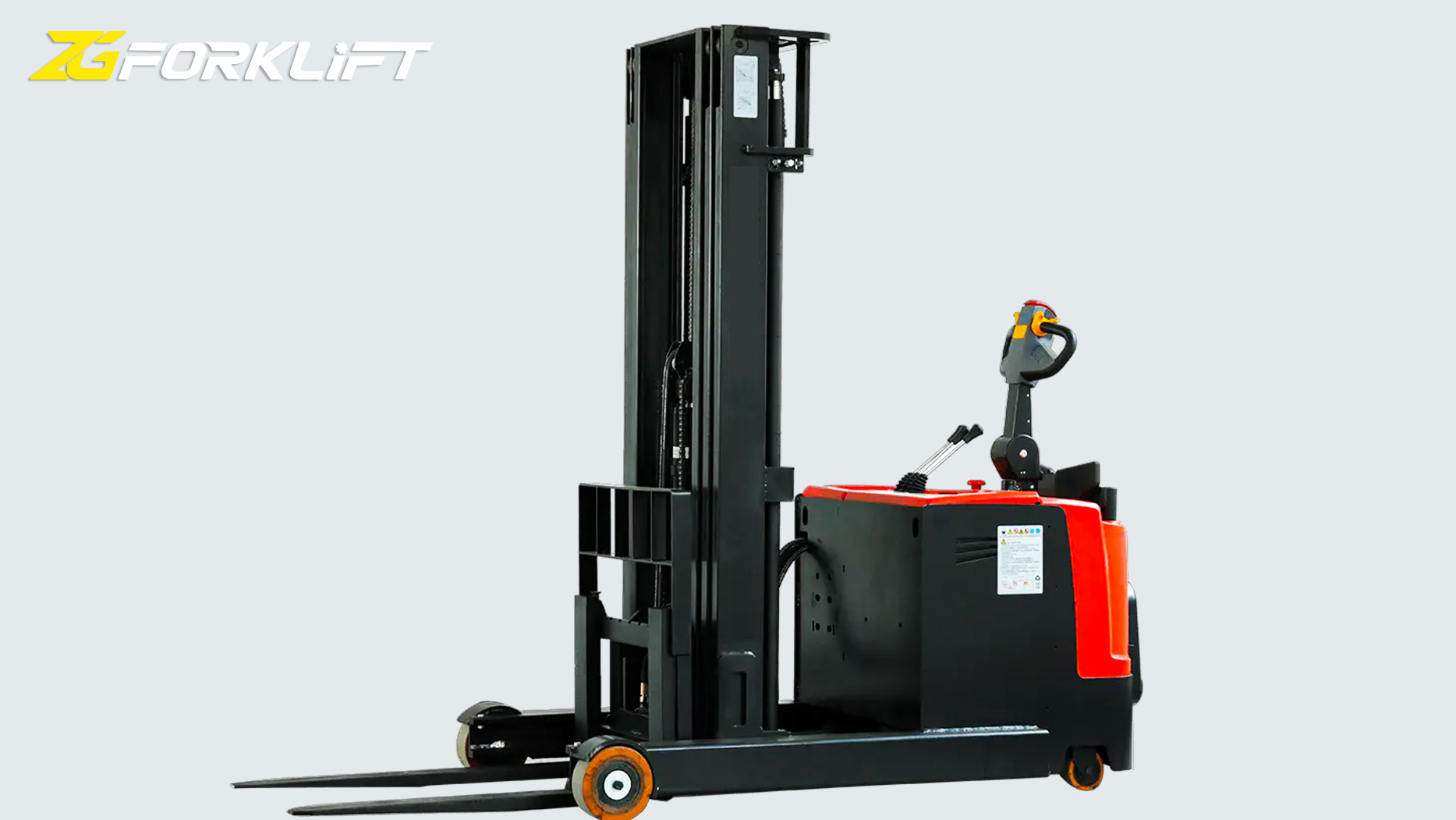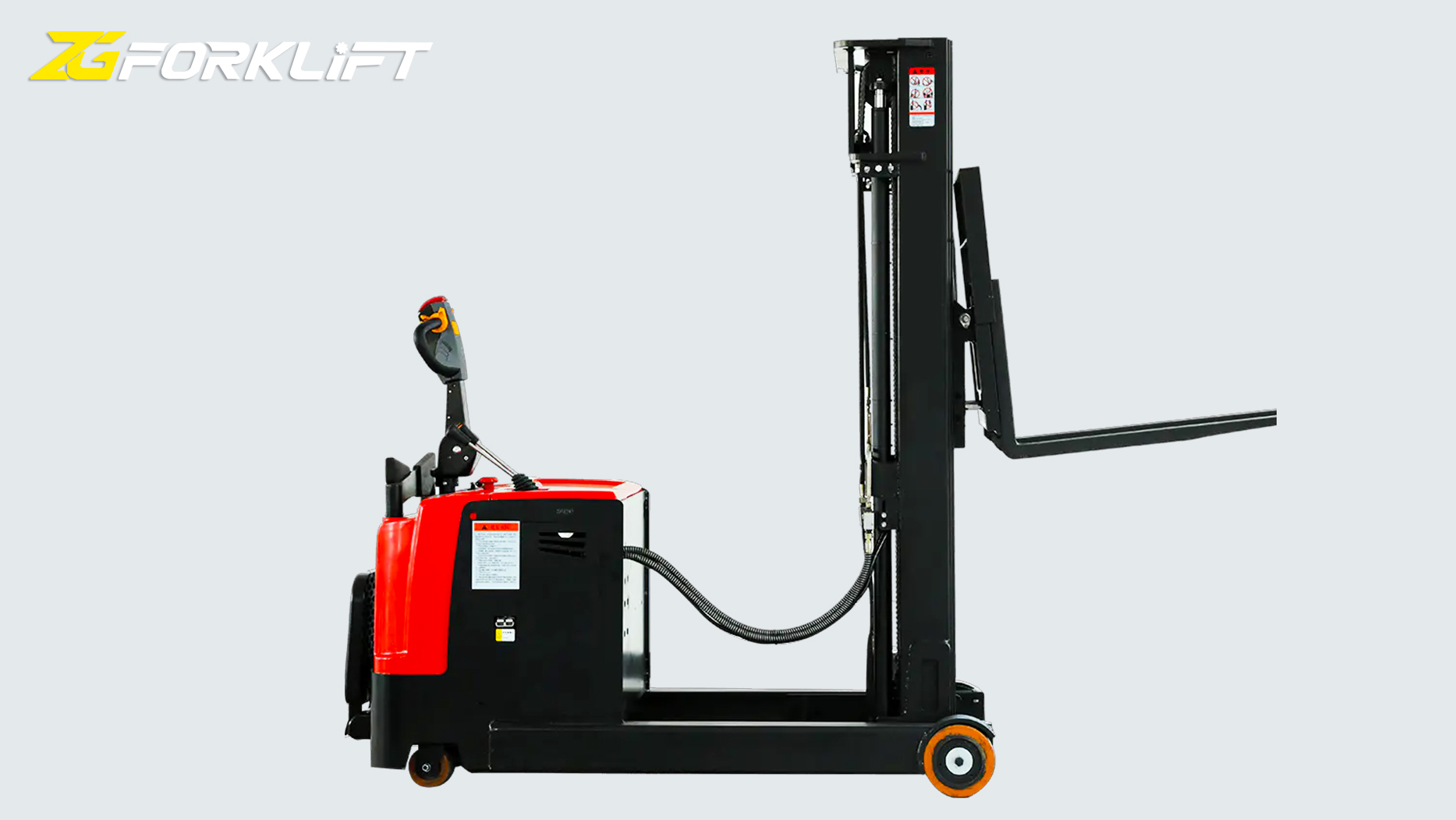Stacker vs. Forklift: Understanding the Key Differences
While both stackers and forklifts are material handling equipment used to move and lift loads, they have distinct characteristics and applications. Understanding these differences is crucial for selecting the right equipment for your specific needs.
1. Size and Maneuverability:
Stackers:
Smaller and more compact: Stackers are generally smaller and more compact than forklifts, making them ideal for navigating tight spaces, narrow aisles, and confined areas.
High maneuverability: Their smaller size and often shorter wheelbase allow for greater agility and ease of movement in confined spaces.
Forklifts:
Larger and heavier: Forklifts are typically larger and heavier than stackers, making them less suitable for narrow aisles and confined spaces.
Less maneuverable: Due to their size and weight, forklifts can be more difficult to maneuver in tight spaces.
2. Load Capacity and Lifting Height:
Lower load capacity: Stackers generally have lower load capacities compared to forklifts, typically ranging from 2,000 to 4,000 pounds.
Lower lift height: Stackers typically have lower lift heights compared to forklifts, usually ranging from 6 to 15 feet.
Forklifts:
Higher load capacity: Forklifts can handle significantly heavier loads, ranging from 3,000 to 50,000 pounds or more, depending on the model.
Higher lift height: Forklifts can lift loads to much greater heights, often exceeding 30 feet.
3. Power Sources:
Stackers:
Manual, electric, or semi-electric: Stackers can be manually operated, powered by electric motors, or a combination of both.
Forklifts:
Diesel forklift, gasoline, LPG forklift, or electric forklift: Forklifts utilize a wider range of power sources, including diesel, gasoline, liquefied petroleum gas (LPG), and electric batteries.
4. Versatility and Attachments:
Stackers:
Limited versatility: Stackers primarily focus on lifting and moving palletized loads.
Limited attachments: Attachment options for stackers are typically limited.
Forklifts:
Highly versatile: Forklifts can be equipped with various attachments, such as clamps, side-shifts, rotators, and forks, to handle a wide range of materials and perform diverse tasks.
Greater versatility: This versatility allows forklifts to be used for a wider range of applications, including loading and unloading trucks, moving heavy equipment, and performing construction tasks.
5. Operator Requirements:
Stackers:
Less stringent operator requirements: Generally, less rigorous training is required to operate a stacker compared to a forklift.
Forklifts:
Requires specialized training and licensing: Operating a forklift typically requires specialized training and may require a valid operator's license.
6. Cost:
Stackers:
More cost-effective: Stackers are generally less expensive to purchase and maintain than forklifts.
Forklifts:
Higher initial and ongoing costs: Forklifts have higher initial purchase costs and typically require more extensive maintenance and ongoing operational expenses.
Handling lighter loads: When dealing with lighter loads within a weight capacity of 2,000 to 4,000 pounds.
Working in confined spaces: When operating in narrow aisles, tight spaces, and confined areas.
Lower budget: When seeking a more cost-effective material handling solution.
Lower lift height requirements: When lift heights do not exceed 15 feet.
When to Choose a Forklift:
Handling heavier loads: When dealing with loads exceeding the capacity of stackers.
Requiring higher lift heights: When lifting loads to heights greater than 15 feet.
Operating in diverse environments: When operating in various environments, both indoors and outdoors.
Utilizing a wider range of attachments: When requiring versatility and the ability to handle various materials and perform different tasks.
Conclusion:
Both stackers and forklifts play vital roles in material handling operations. The choice between them depends on several factors, including load capacity, lift height requirements, operating environment, budget constraints, and the specific needs of the application. By carefully considering these factors, businesses can select the most appropriate equipment to optimize efficiency, safety, and productivity.
Post time:Feb.12.2025



